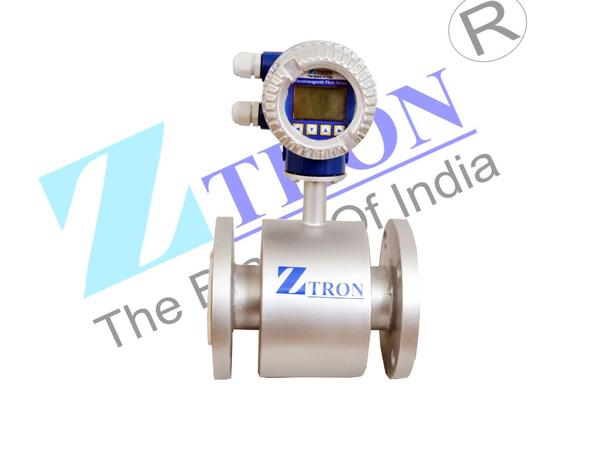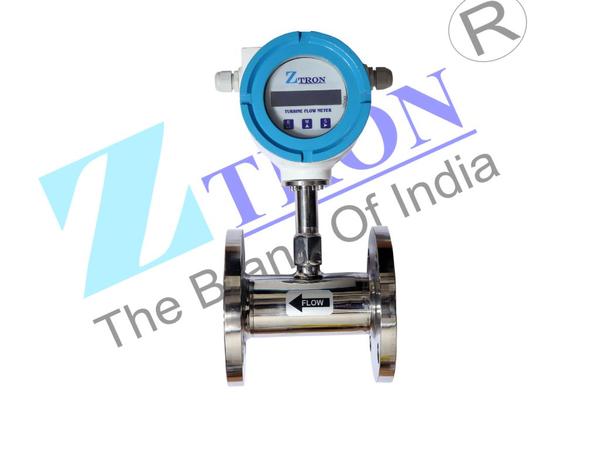Description
Product details
A miniature vibrating fork level switch is a compact and often highly sensitive level sensor designed for applications where space is limited, and precision level detection is crucial. These sensors are based on the vibrating fork principle, similar to their larger counterparts, but they are scaled down to fit into smaller containers or tight spaces. Here's an overview of how miniature vibrating fork level switches typically work: Design: The sensor consists of a small fork-shaped structure with two prongs. Each prong contains a vibrating element, such as a piezoelectric crystal. Installation: Miniature vibrating fork level switches are designed to be easily installed in small containers, pipes, or equipment where space is limited. They can be vertically or horizontally mounted based on the specific application. Vibration: The vibrating elements within the prongs generate vibrations at a specific frequency when an alternating current is applied. Similar to larger vibrating fork level switches, these miniature versions vibrate at their natural frequency when in air. In Liquid: When the fork is immersed in the liquid, the presence of the liquid dampens the vibrations of the prongs. The change in vibration characteristics is detected by the sensor. Electronics: The sensor incorporates electronics to continuously monitor the vibration pattern of the fork. Switching State: The level switch is designed to change its output state based on the change in vibration pattern. For example, when the liquid level reaches the fork, the damping effect triggers the switch to change its state. Output Signal: The miniature vibrating fork level switch provides an electrical output signal that reflects the level status. This signal can be integrated into a control system or used to trigger alarms or other processes. Advantages: Compact design suitable for limited space applications. Sensitive and reliable level detection. Can be used in various industries, including pharmaceuticals, laboratories, and small-scale manufacturing. Applications: Commonly used in small tanks, containers, or equipment where precise level monitoring is essential. Considerations: Ensure compatibility with the specific properties of the liquid. Follow the manufacturer's guidelines for proper installation and calibration.






